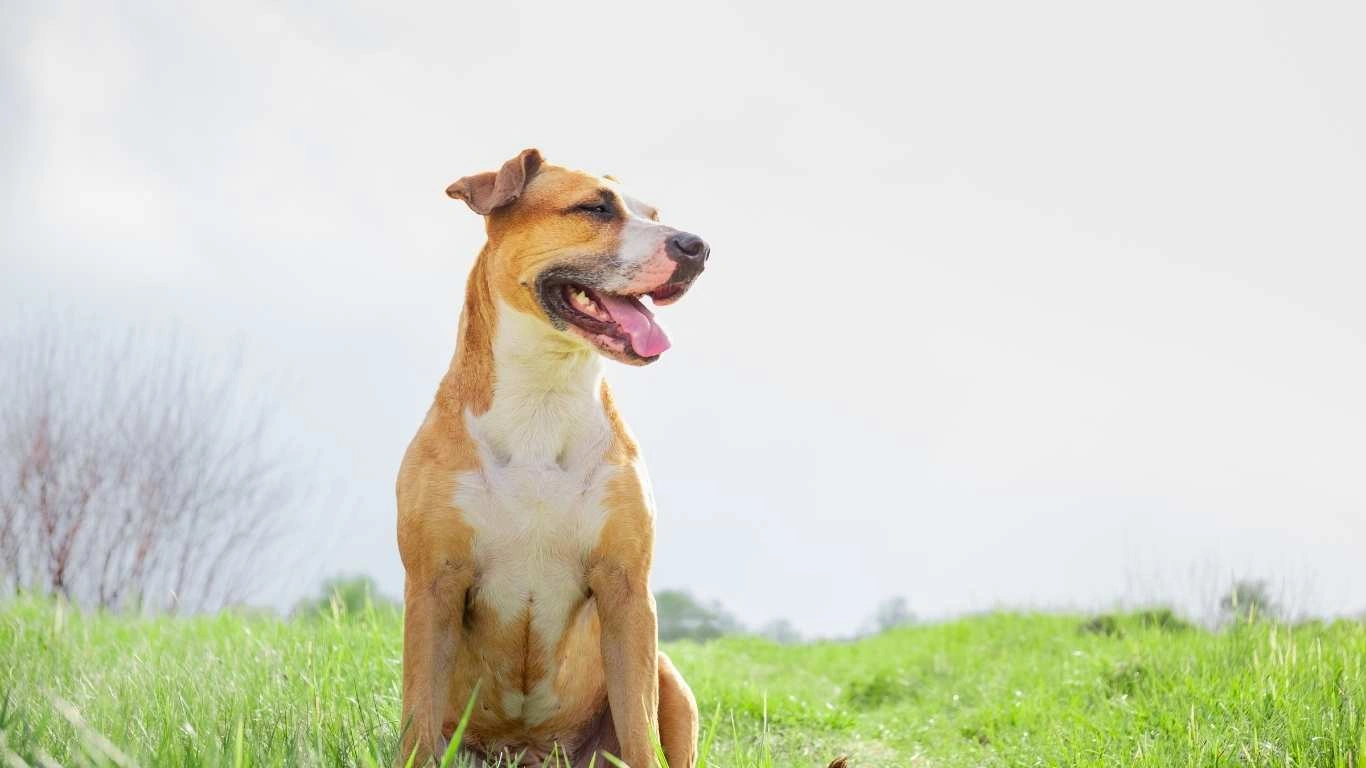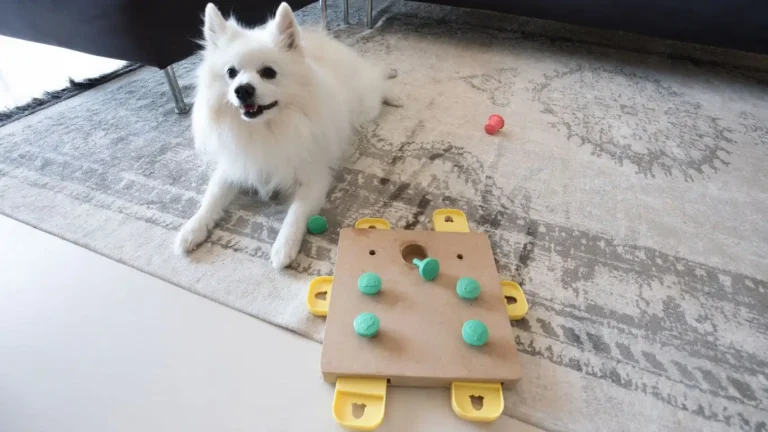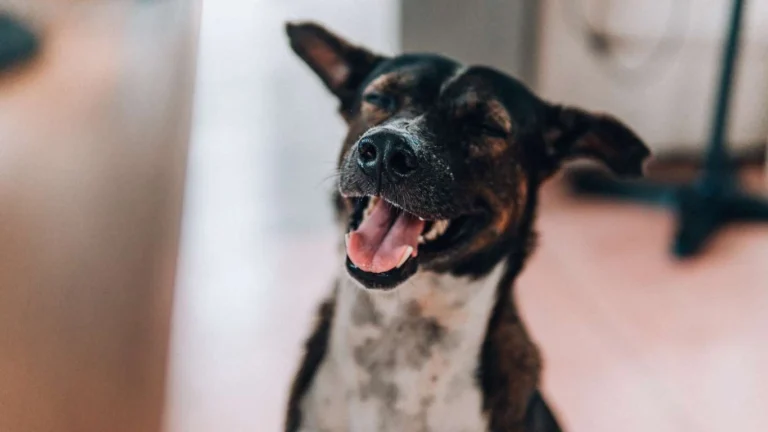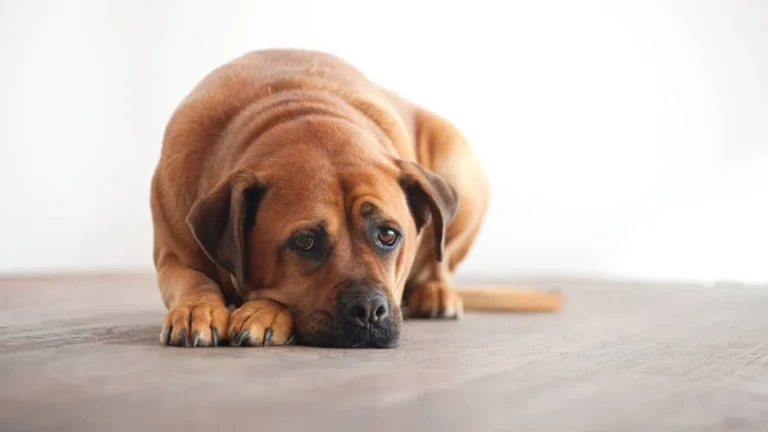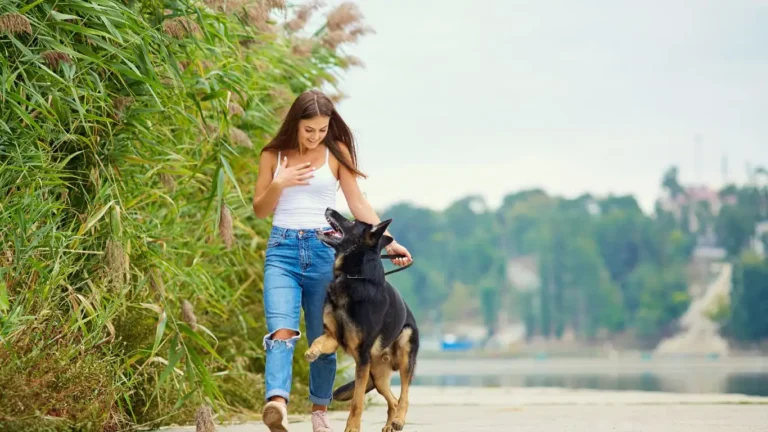Can Dogs Eat Carrots as Training Treats? A Healthy, Safe Option for Your Dog!
As an Animal Care Specialist, one of the most common questions I get asked by pet parents is, “Can dogs eat carrots as training treats?” It’s a fair question, especially when it comes to finding healthy, affordable, and effective treats for your dog during training sessions. Over the years, I’ve had the opportunity to observe how different types of treats affect dogs in terms of behavior, health, and even overall training progress. And let me tell you—carrots are more than just a safe choice for your dog; they can be a fantastic addition to your training routine!
Why Carrots Are a Great Option for Training Treats
When it comes to choosing the right treat for your dog, you want something that’s not only tasty but also nutritious and safe. Let’s face it, some commercial dog treats are packed with artificial flavors, preservatives, and fillers that aren’t the best for your dog’s health in the long run. That’s where carrots step in as a natural, healthy alternative. Here’s why they’re such a great option for training:
- Low Calorie, High Reward: Carrots are low in calories, so they’re perfect for keeping your dog motivated without worrying about them gaining weight, especially during frequent training sessions.
- Crunchy Texture: Dogs love crunchy textures, and carrots provide just that! They not only make for a satisfying snack but also contribute to dental health by helping to clean your dog’s teeth.
- Rich in Nutrients: Carrots are loaded with vitamins and minerals like vitamin A, potassium, and fiber. These nutrients support your dog’s immune system, vision, and digestive health.
- Simple and Natural: Unlike many store-bought dog treats, carrots come in their natural form with no additives or chemicals. You can feel good about offering them as a treat!
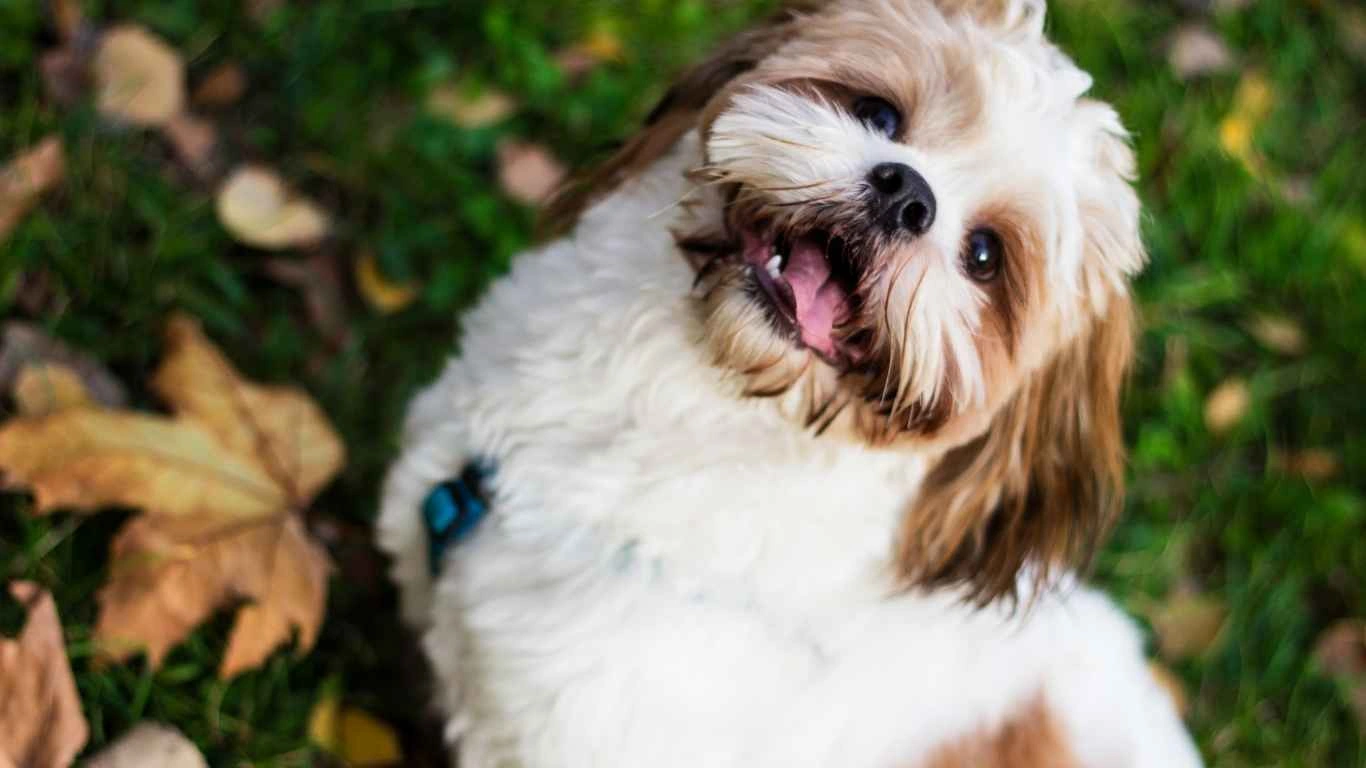
Understanding the Nutritional Benefits of Carrots for Dogs
As we dive deeper into whether dogs can eat carrots as training treats, it’s important to consider what’s actually in those crunchy orange veggies. Carrots pack a punch when it comes to vitamins and minerals that contribute to your dog’s health. Here’s a breakdown of the key nutrients found in carrots that are beneficial to dogs:
1. Vitamin A for Healthy Eyes
One of the main reasons why carrots are so good for dogs is because they are rich in vitamin A. This vitamin plays a critical role in maintaining good vision and overall eye health. It helps prevent conditions like night blindness and promotes healthy skin and coat. If you’re looking for a treat that supports your dog’s well-being in more ways than one, carrots are an excellent option.
2. Fiber for Digestion
Fiber is an essential nutrient for dogs, and carrots are a fantastic source. The fiber in carrots can aid in digestion by promoting healthy bowel movements and preventing constipation. Plus, if your dog tends to have a sensitive stomach or struggles with irregularity, the natural fiber in carrots can help keep things running smoothly.
3. Potassium for Muscle and Nerve Function
Potassium is another important nutrient found in carrots. It helps regulate muscle function, nerve transmission, and hydration balance in your dog’s body. This makes carrots not only a healthy treat for training but also a beneficial snack for dogs with an active lifestyle.
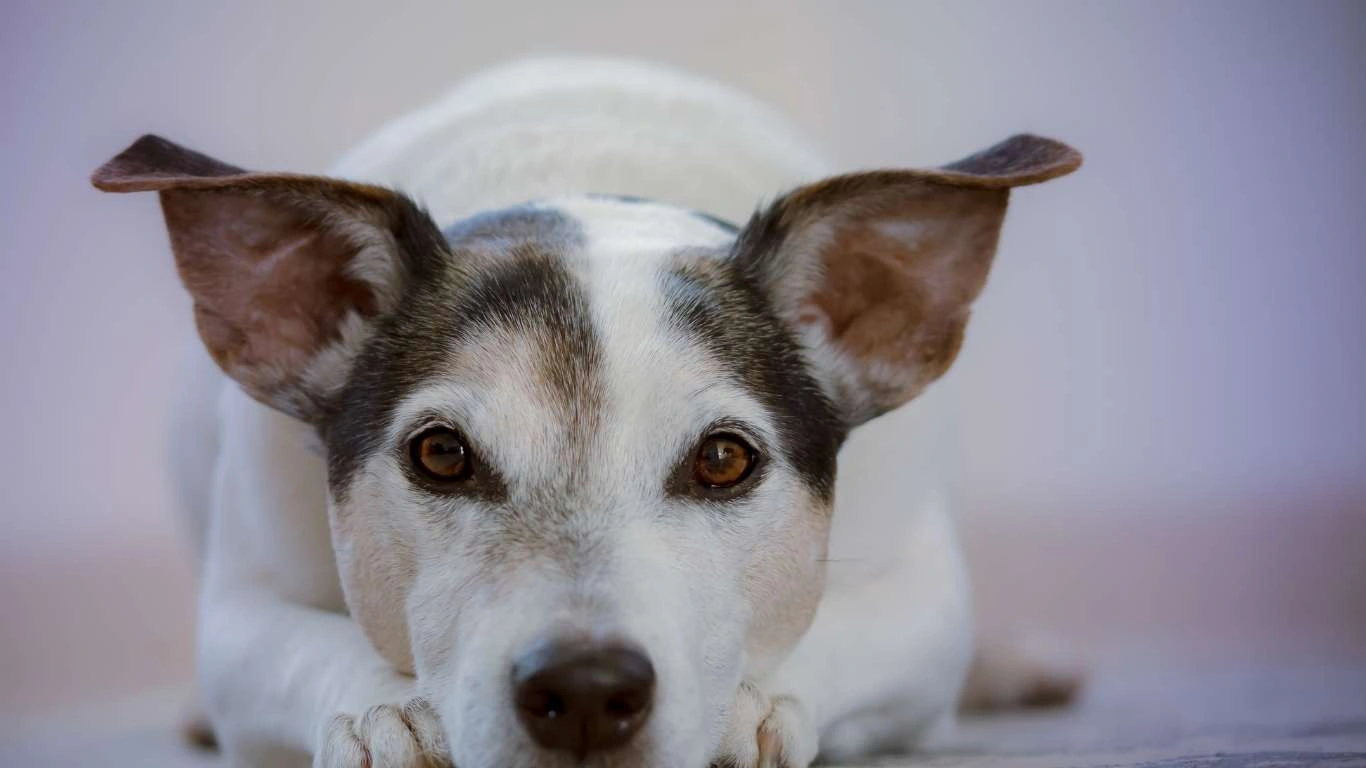
How to Safely Serve Carrots to Your Dog
Now that we know carrots are a great, nutrient-packed option for dog treats, you might be wondering: how can I safely serve them to my dog? It’s not as simple as just handing them a whole carrot and hoping for the best. Here’s how to make sure your dog enjoys their carrot snack in the safest way possible:
1. Cut Them Into Bite-Sized Pieces
While carrots are healthy, they’re also tough and crunchy. If you give your dog a whole carrot, they may struggle to chew it, which could pose a choking hazard, especially for smaller breeds. I recommend cutting the carrots into bite-sized pieces—small enough for your dog to chew safely but big enough to keep them engaged during training sessions.
2. Raw or Cooked Carrots?
Both raw and cooked carrots are safe for dogs, but there are some differences to consider. Raw carrots tend to have a firmer texture, which many dogs find enjoyable. Cooking them can make them softer and easier to digest, which can be especially helpful for senior dogs or dogs with dental issues. I personally recommend offering raw carrots as training treats, but feel free to experiment and see what works best for your dog!
3. Keep Moderation in Mind
As with anything, moderation is key. While carrots are healthy, they still contain natural sugars and fiber, so you don’t want to go overboard. Too many carrots at once might upset your dog’s stomach or cause diarrhea. It’s always best to start with a small amount, especially when introducing a new treat into your dog’s diet.

Can Carrots Be Used as a Primary Training Treat?
This is a question I get often, especially from owners who are looking for a healthier, more affordable option for regular training. While carrots can definitely be used as a primary training treat, there are a few things to keep in mind. Some dogs may find carrots a bit too low-value compared to other, more aromatic treats. If your dog is particularly food-driven, you might want to mix carrots with other high-value treats to keep them motivated. But for most dogs, carrots can absolutely serve as an excellent reward during training.
Training Success Stories: Dogs Who Thrived with Carrot Treats
In my time working at both pet clinics and shelters, I’ve come across a wide variety of dogs—each with their own personalities, quirks, and preferences. One thing I’ve consistently seen? Many dogs absolutely light up when they see a little orange carrot coming their way. And yes, they can eat carrots as training treats—not just safely, but enthusiastically!
I remember this one scrappy terrier named Max we had at the shelter. Max had energy for days and a serious case of “selective hearing.” Getting him to focus during training was… let’s just say, a workout for both of us. We tried every kind of store-bought treat, and while some got his attention briefly, nothing really stuck. That is, until we started offering thinly sliced carrots. Something about that crunch had him instantly engaged. Within a week, he was responding to basic commands better than he ever had before. Honestly, it was kind of amazing to watch how something so simple could flip the switch for him.
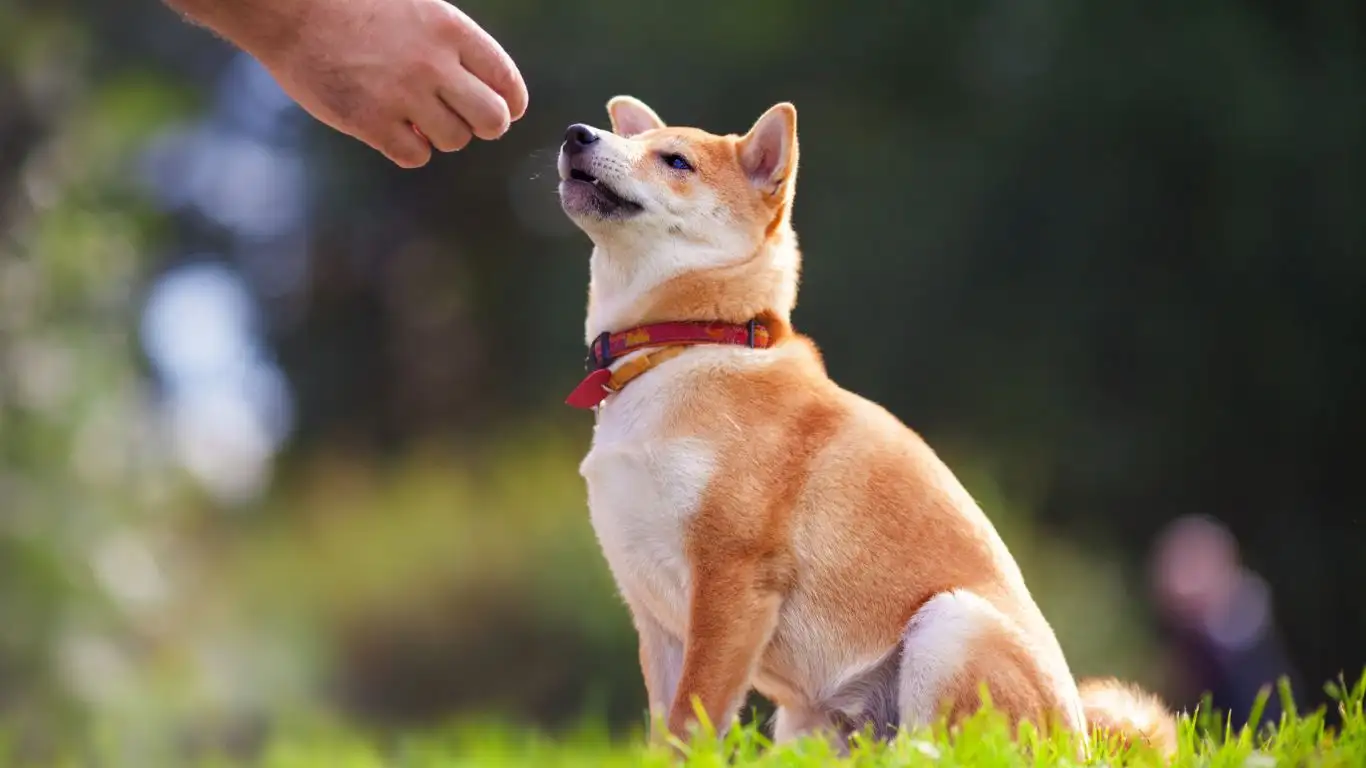
Making Carrots More Exciting for Picky Dogs
Not every dog is immediately sold on carrots—especially if they’re used to super-flavorful commercial treats. If your dog turns up their nose at raw carrots, don’t give up just yet. There are a few easy tricks to boost their appeal without sacrificing the health factor.
1. Steam or Microwave Lightly
Sometimes, softening the carrots a bit brings out more sweetness, and that can make a big difference for picky pups. I’ve had great success microwaving thin slices of carrot for about 20–30 seconds. Just enough to soften them slightly without turning them mushy. Let them cool down before offering them to your dog, of course!
2. Add a Dash of Dog-Safe Flavor
You can also dip the carrots in a tiny bit of low-sodium chicken broth (make sure it’s onion- and garlic-free). The extra scent can grab your dog’s attention without making the treat unhealthy. This method has worked wonders with dogs that are food-motivated but not initially drawn to veggies.
3. Mix Carrots into a Training Trail Mix
When I work with dogs who need a mix of high-value and low-calorie treats, I like to create a “training trail mix.” It’s super simple: combine small pieces of boiled chicken, carrot slices, and a couple bits of freeze-dried liver. Shake it up and let the carrot pieces absorb some of the stronger smells. Now the carrots smell like meat—game changer!

Best Practices for Using Carrots During Training Sessions
There’s an art to using treats effectively during training. It’s not just about handing over food when your dog does something cute. Timing, consistency, and reward value all play a part in how successful your training sessions are. If you’re going to use carrots as your go-to reward, here’s how to get the most out of them.
1. Use the Right Size
Cut your carrot treats small—like pea-sized or slightly bigger, depending on your dog’s breed. When training, you’ll be giving multiple treats in a short period, so you want each one to be quick to chew and swallow. Larger chunks slow down the session and may cause your dog to lose focus.
2. Keep a Treat Pouch Handy
I can’t tell you how many times I’ve fumbled around for treats while trying to keep a dog’s attention. A simple treat pouch clipped to your belt can make your training flow smoother, especially during walks or outings. Pre-fill it with carrot slices before your session starts. That way, you’re always ready to reward instantly—right when your dog performs the desired behavior.
3. Combine with Verbal Praise and Play
Carrots are awesome, but they shouldn’t do all the heavy lifting. Reinforce your training with enthusiastic verbal praise and brief play sessions. Pairing treats with “good boy!” or a quick tug-of-war session teaches your dog that good behavior earns more than just snacks—it earns your attention, too.
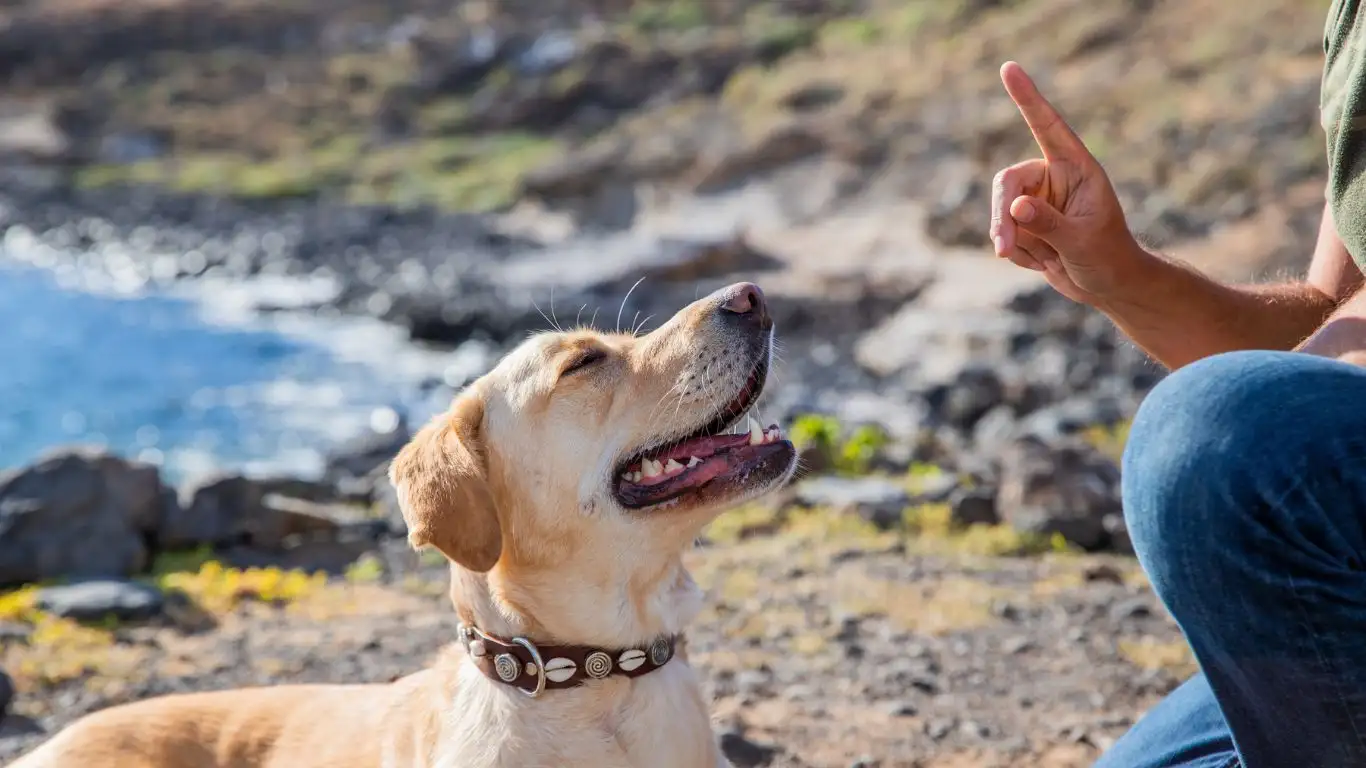
Are There Any Risks or Downsides to Using Carrots?
Okay, let’s get real for a second. Just because dogs can eat carrots as training treats doesn’t mean you should go overboard and start replacing every meal with carrots. Like anything, balance is key. Here are a few potential concerns to keep in mind—nothing scary, just stuff I’ve noticed over the years:
- Digestive Upset: Too many carrots too fast can lead to gas or loose stools, especially if your dog isn’t used to that much fiber. Introduce them gradually.
- Choking Risk: Always cut carrots into small, manageable pieces. Whole baby carrots might seem safe, but they can become a choking hazard—especially for small dogs or those that inhale their food.
- Blood Sugar: Carrots are naturally sweet due to their sugar content. While it’s not harmful in moderate amounts, diabetic dogs or dogs on a special diet should have their intake monitored.
From my experience, though, these risks are super manageable. Just use common sense and keep an eye on how your dog reacts. I’ve personally seen hundreds of dogs thrive with carrots in their routine—it’s one of those “hidden gem” treats that just works when used right.
When Not to Use Carrots as Training Treats
As much as I love using carrots in training, they’re not a one-size-fits-all solution. There are a few situations where you might want to consider alternatives:
- Medical Restrictions: If your dog has specific dietary needs (like renal or liver issues), always check with your vet before adding any new treats—even natural ones like carrots.
- Extremely Picky Eaters: Some dogs just won’t go for veggies no matter how they’re prepped. In these cases, use carrots sparingly or mix them in with other more enticing treats as mentioned earlier.
- High-Intensity Training: If you’re working on complex behaviors or advanced obedience, you might need higher-value treats with stronger scents and flavors to keep your dog motivated.
It’s all about knowing your dog and adjusting your methods accordingly. Carrots are a fantastic option for so many dogs, but being flexible is key when you’re trying to build a positive and effective training routine.
Creative Ways to Include Carrots in Your Dog’s Training Routine
So now that we’ve covered the basics—and even some advanced carrot-treat hacks—it’s time to get creative. You don’t have to stick with just plain carrot slices if you want to shake things up. Over the years, I’ve experimented with different carrot-based goodies, especially for dogs who needed variety or had a short attention span. Here are a few tried-and-true ideas that have worked wonders with pups I’ve trained in shelters and clinics.
1. Frozen Carrot Coins
These are a hit in the summer, and they’re so easy to make. Just slice carrots into thin coins, toss them in the freezer for a few hours, and you’ve got a refreshing, crunchy reward that can also help with teething for puppies. I used to hand these out during group training sessions in warmer months, and the dogs would be all ears—literally and figuratively.
2. DIY Carrot & Oat Training Bites
Want to level up from raw veggies? Mix grated carrots, rolled oats, and a bit of peanut butter (make sure it’s xylitol-free!) into bite-sized no-bake treats. These are soft, tasty, and still way healthier than most commercial options. I’d often recommend these to adopters looking for a homemade treat they could use to bond with their new dog. Bonus: your kitchen will smell amazing while you make them.
3. Carrot Ice Cubes with Broth
Perfect for enrichment! Drop small carrot chunks into an ice cube tray, top it off with low-sodium chicken broth, and freeze. These cubes can turn a boring afternoon into a mentally stimulating snack session. Great for crate time, too—especially if you’re looking to keep your pup occupied while you’re away.
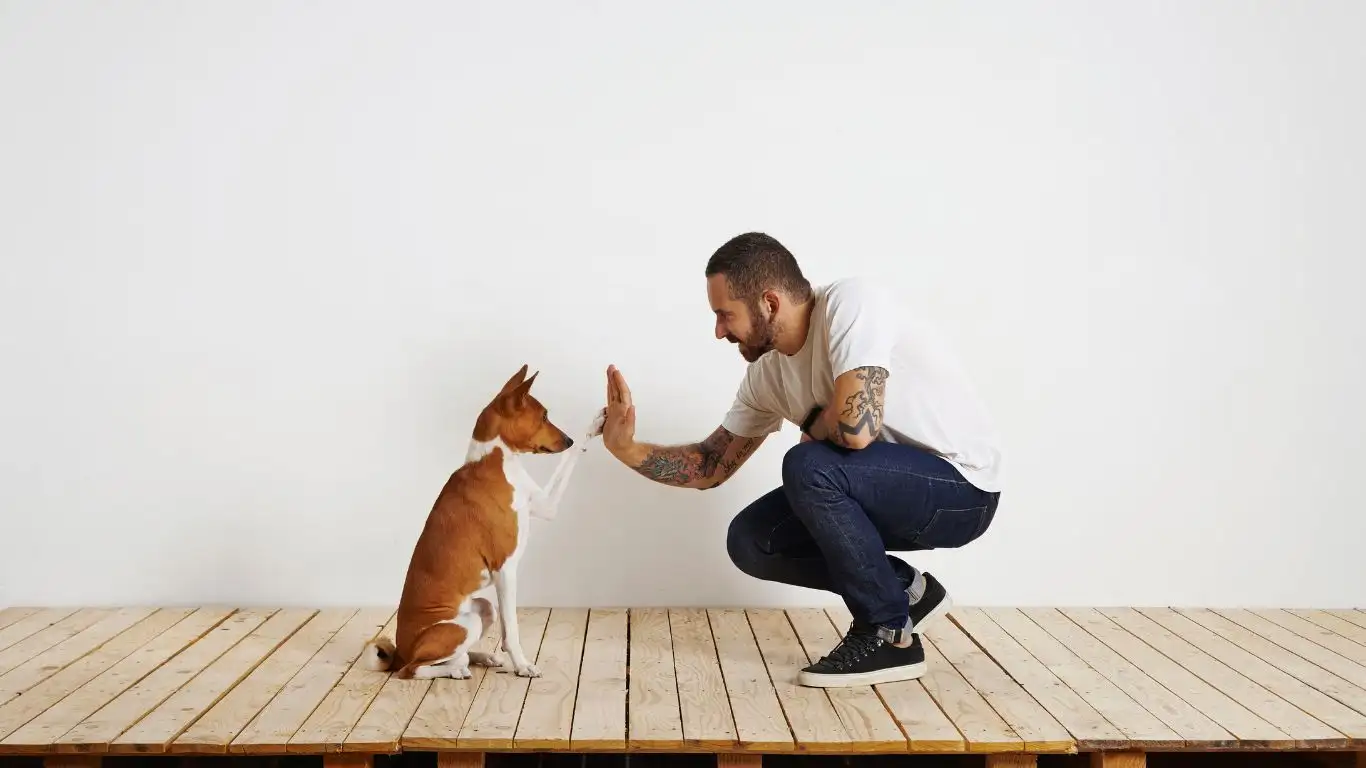
How Often Should You Use Carrots as Training Treats?
Ah, the golden question. Like with any treat, frequency matters. While dogs can eat carrots as training treats regularly, they should never make up more than 10% of your dog’s daily caloric intake. This is a good general rule for all treats, really. Even though carrots are healthy, overdoing it can lead to digestive issues or disrupt the balance of your dog’s diet.
In my experience, I’ve found the sweet spot is using carrot treats during short to medium training sessions (10–20 minutes) and mixing in other rewards as needed. Variety keeps dogs curious and engaged—and as I’ve seen firsthand, it also helps prevent food boredom.
Don’t Forget to Adjust Meal Portions
This is a tip I wish more pet parents knew about! If you’re using treats—carrots or otherwise—on a regular basis for training, it’s smart to slightly reduce your dog’s meal portions to compensate. It doesn’t have to be a huge adjustment, just enough to keep everything in balance. This is especially important for smaller breeds where every calorie counts.

Vet and Expert Backing: What the Pros Say
It’s not just personal experience that supports this—there’s solid expert consensus, too. Organizations like the PetMD and the AKC (American Kennel Club) have listed carrots as a safe, beneficial treat for dogs. According to veterinary nutritionists, the fiber, beta-carotene, and vitamin A content in carrots makes them a go-to snack, especially when you’re avoiding high-fat, high-calorie alternatives.
I’ve had conversations with several veterinarians and behaviorists over the years who also swear by carrots for food puzzles, enrichment, and low-value training treats. It’s a small shift that can make a big difference in training motivation and health—especially when you’re working with dogs long-term.
Signs Your Dog is Loving (or Not Loving) Carrots
Dogs are usually pretty honest about their food preferences. But if you’re unsure whether carrots are hitting the mark as training rewards, keep an eye out for these clues:
- Excitement during sessions: If your dog starts wagging their tail faster, sitting quicker, or looking at you like you’re made of magic when you pull out carrots—that’s a win.
- Disinterest or dropping the treat: Some dogs just aren’t carrot fans, and that’s okay! If your pup spits them out or walks away mid-session, you might want to explore mixing them with other treats.
- Soft stool or gassiness: This is a sign you may need to dial back the amount of carrots, especially if it’s a new addition to their routine.
My advice? Test it out slowly. Try carrots in low-distraction environments first, then gradually introduce them in more challenging settings. That’s how you can really gauge how motivating they are for your individual dog.
Final Thoughts on Using Carrots as Training Treats
When pet parents ask me, “Can dogs eat carrots as training treats?”—I don’t just give a yes or no. I dive into all of this because choosing the right treat is about more than just flavor. It’s about health, sustainability, and your bond with your dog. Carrots tick a lot of boxes: they’re budget-friendly, nutrient-rich, and versatile.
Of course, no single treat works for every dog, every time. The magic happens when you know your dog’s preferences, respect their dietary needs, and bring a little creativity into the mix. Whether you’re working with a rambunctious puppy, a mellow senior, or a newly adopted shelter dog, carrots can be a healthy, practical, and surprisingly effective training tool.
I’ve watched countless dogs succeed with this approach—some even learning their first-ever commands with nothing but a handful of carrot sticks and a whole lot of love. It’s a small change, but one that’s totally worth trying.
References
Disclaimer
This article is based on professional experience and general industry knowledge. It is not a substitute for personalized veterinary advice. Always consult your veterinarian before making changes to your dog’s diet, especially if your pet has medical conditions or dietary restrictions.
